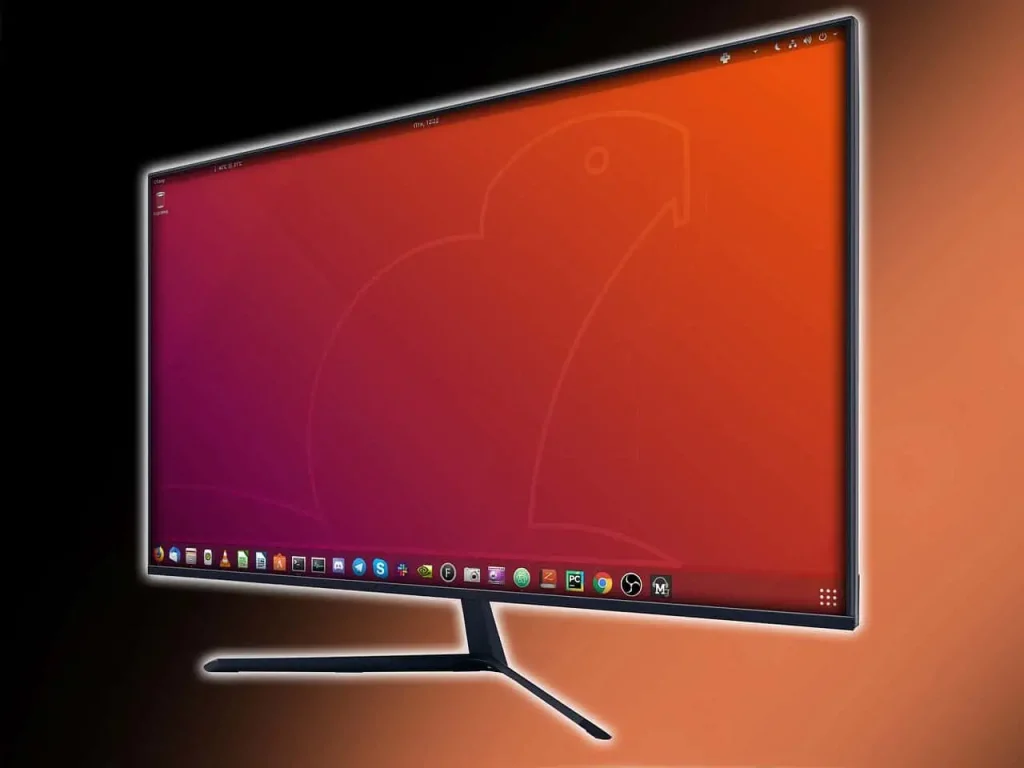Introduction
Ubuntu Desktop is an open-source desktop operating system that is known for its user-friendly interface and robust security features. If you’re thinking to switch to Ubuntu, you’ll be pleased to know that to install Ubuntu Linux Desktop is a straightforward process. We’ll guide you through the steps to install Ubuntu on your desktop computer.
Step 1: Prepare Your System
Before going into the installation process, it’s essential to ensure that your system meets the minimum requirements for Ubuntu Desktop. Check the official Ubuntu website for the latest specifications. Also, back up your important data to prevent any loss during the installation process.
Step 2: Download Ubuntu ISO
Visit the official Ubuntu website (https://ubuntu.com/) and navigate to the “Download” section. Choose the version of Ubuntu you want to install (LTS versions are recommended for stability), and download the ISO file. You can select either the 64-bit or 32-bit version, depending on your system architecture.
Step 3: Create a Bootable USB Drive
To install Ubuntu, you’ll need to create a bootable USB drive. You can use tools like Rufus (for Windows) or balenaEtcher (for Windows, macOS, and Linux) for this. Insert your USB drive, open the tool of your choice, select the Ubuntu ISO file, and create the bootable USB.
Step 4: Boot from the USB Drive
Insert the bootable USB drive into your computer and restart it. During the boot process, access the BIOS or UEFI settings by pressing the designated key (usually Del, F2, or Esc) and set the USB drive as the primary boot device. Save changes and exit to boot from the USB drive.
Step 5: Install Ubuntu Desktop
Once the system boots from the USB drive, you’ll be greeted with the Ubuntu installation screen. Select the “Install Ubuntu” option, and the installation wizard will guide you through the process.
Step 6: Choose Installation Options
During the installation, you’ll be prompted to choose various options, such as language, keyboard layout, and installation type. Select “Install Ubuntu alongside <your existing operating system>” if you want a dual-boot setup or choose “Erase disk and install Ubuntu” for a clean installation.
Step 7: Set Your Time Zone and User Account
Follow the prompts to set your time zone and create a user account. Choose a strong password and consider enabling automatic login if you’re the sole user of the system.
Step 8: Complete the Installation
Once you’ve configured all the necessary settings, the installer will begin copying files and install Ubuntu Linux Desktop on your computer. This process may take some time, so be patient. After completion, you’ll be prompted to remove the installation media and press Enter to reboot your system.
Step 9: Explore Your Ubuntu Desktop
Congratulations! You’ve successfully installed Ubuntu Linux Desktop on your computer. Take some time to explore the user-friendly interface, install additional software, and customize your desktop to suit your preferences.
Conclusion
Installing Ubuntu Linux Desktop is a relatively simple process, even for beginners. By following these step-by-step instructions, you’ll have a fully functional Ubuntu system ready for use. Enjoy the open-source philosophy and the freedom and flexibility that Ubuntu provides. Happy computing with Ubuntu Desktop!









